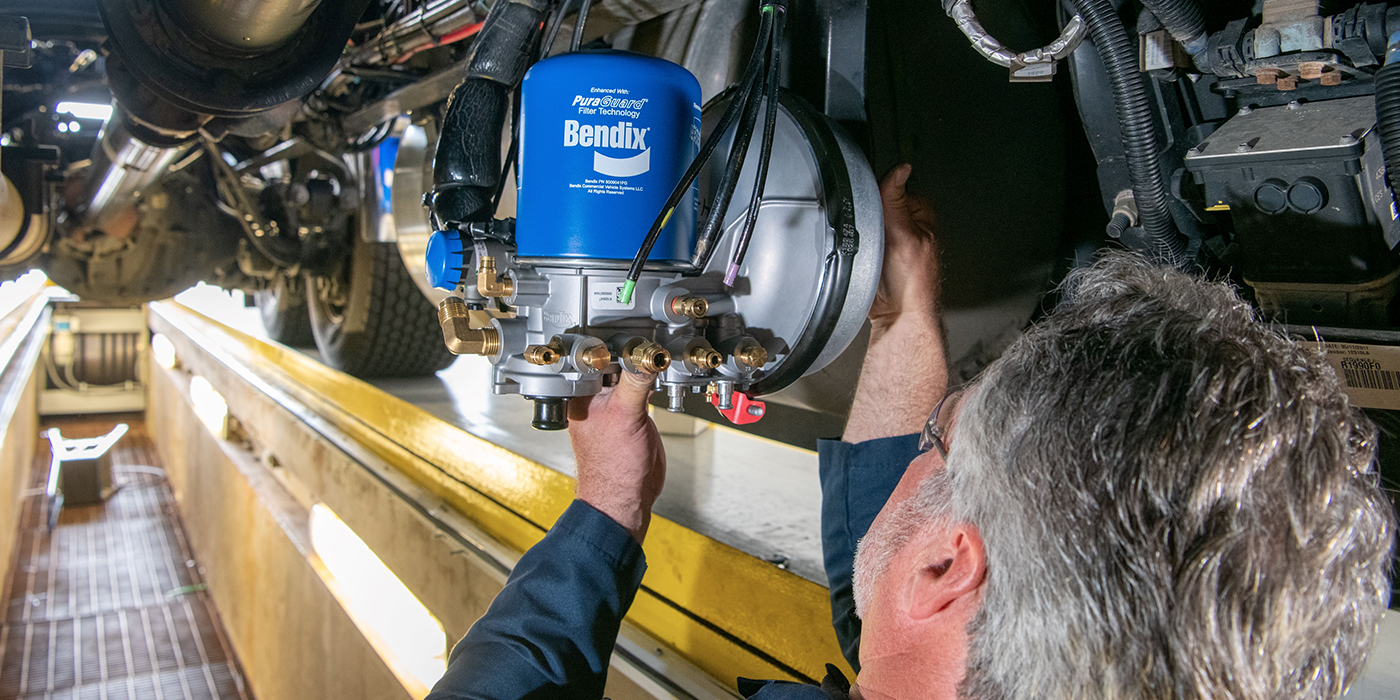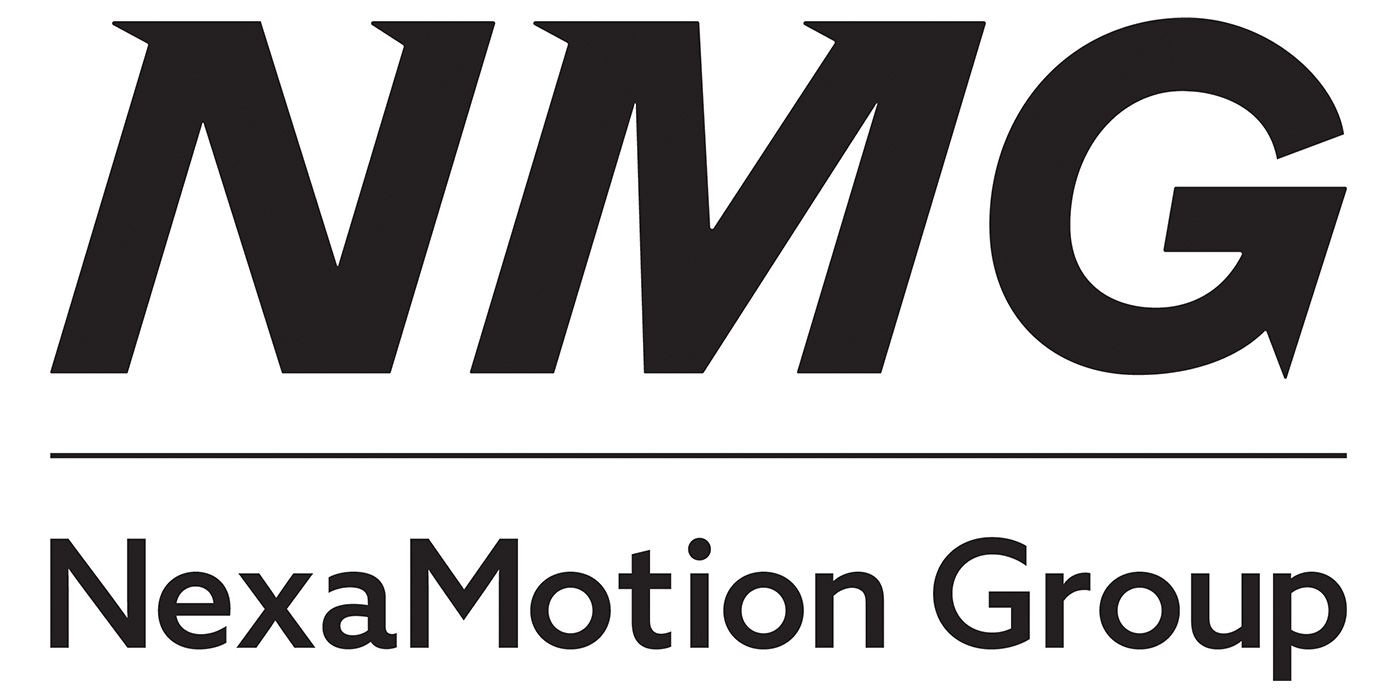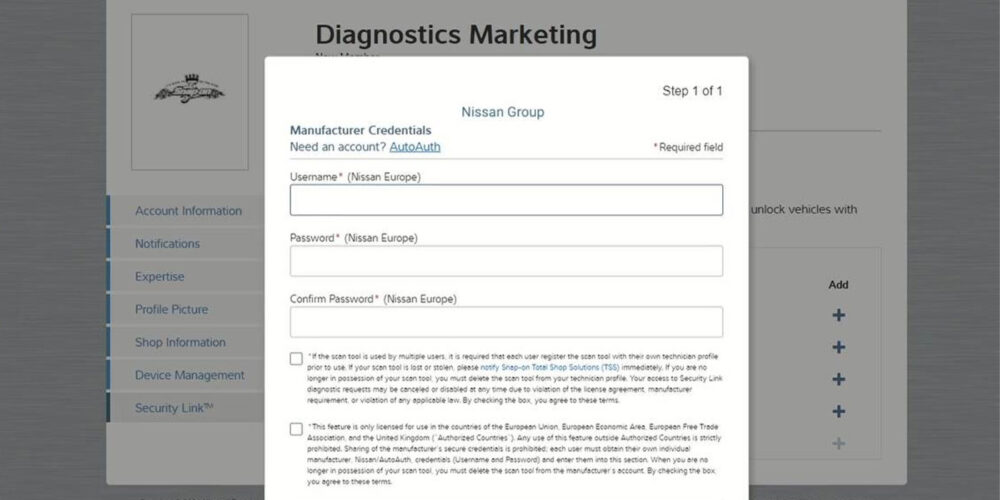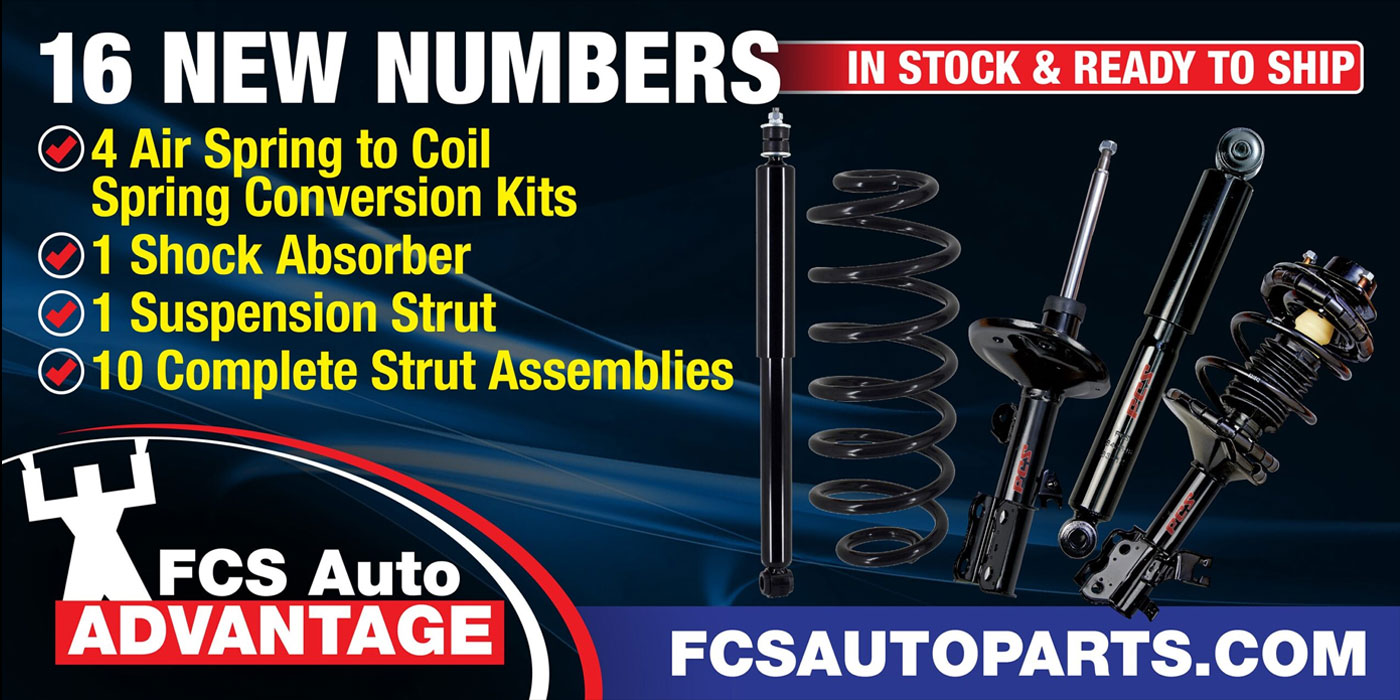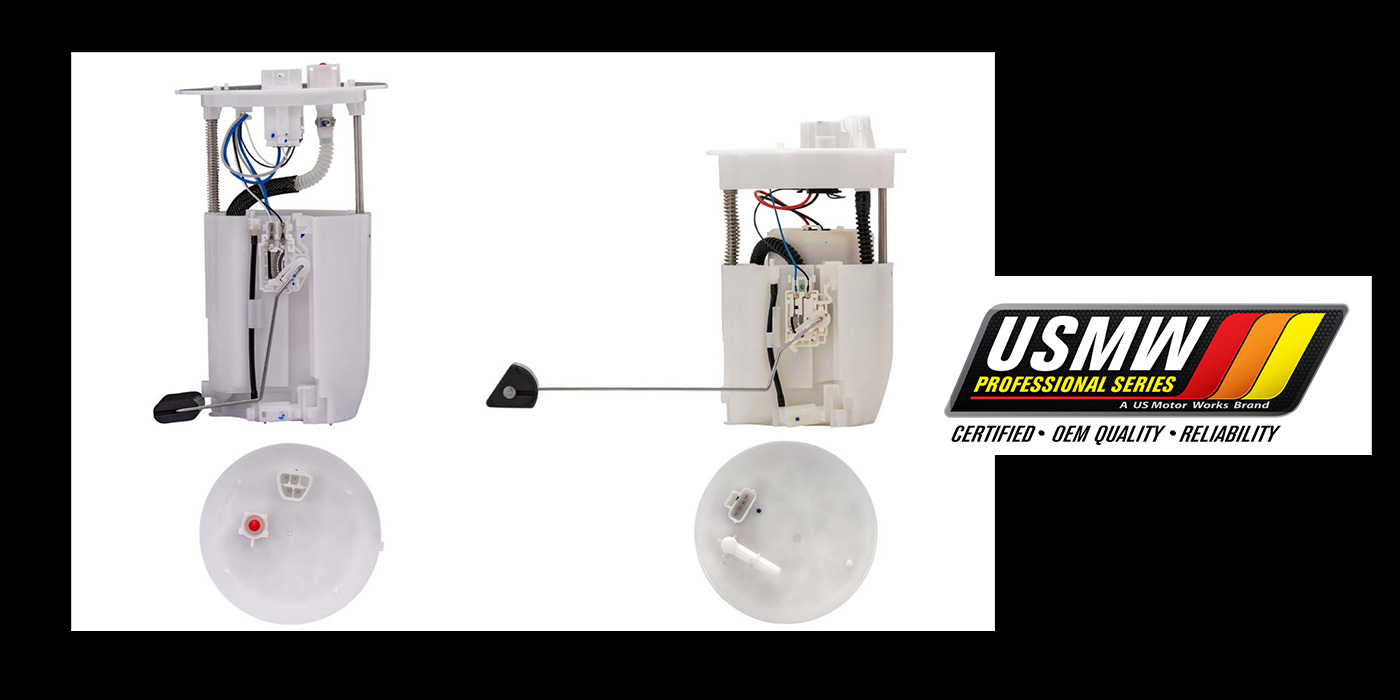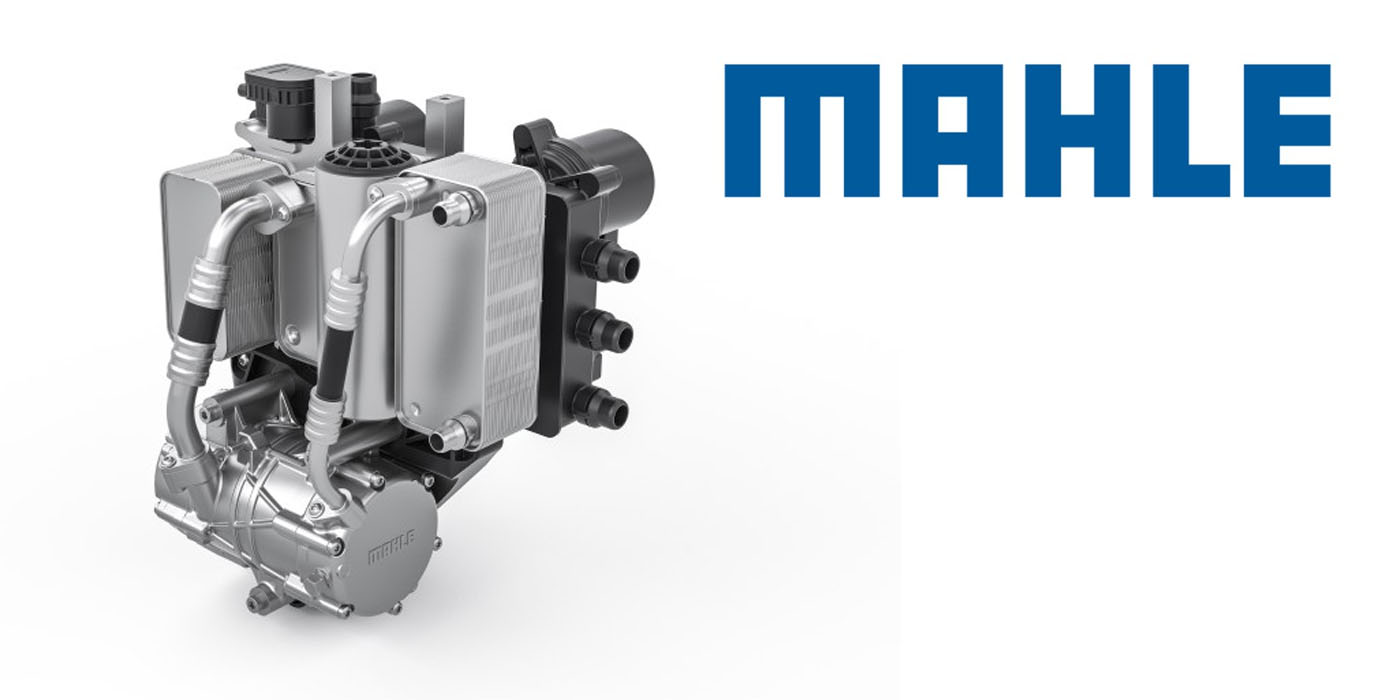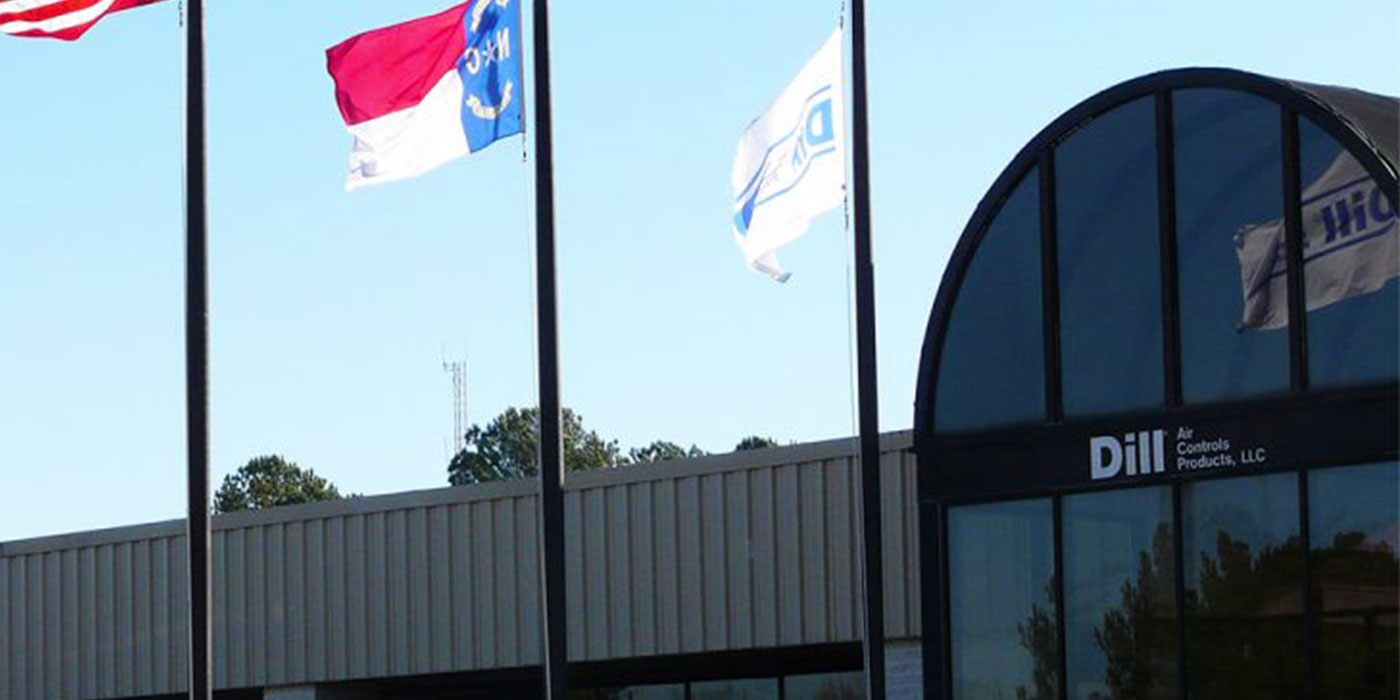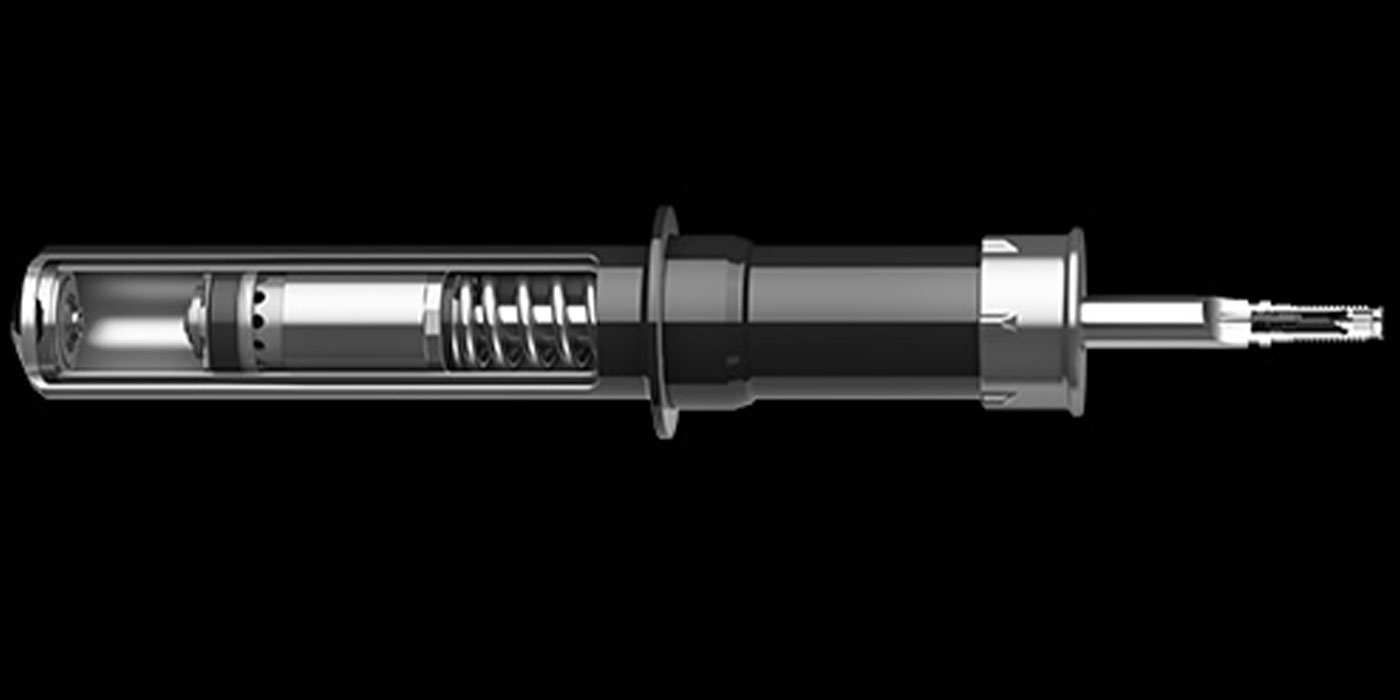Part two of a two-part series
Posted: August 16, 2006, 9 a.m., EST
By Brian Cruickshank, AAP

Editor’s Note: While the response to last month’s article, “The Collapse of American Remanufacturers Inc: An In-depth Look at ARI’s Fall into Bankruptcy,” was overwhelmingly positive, some felt that it put remanufacturing in a less-than-positive light. Curious about reman’s future, we asked remanufacturers and distributors to discuss reman’s opportunities, and how the reman industry is addressing new off-shore challenges. You can read part one, which appeared yesterday, by clicking here .
For many reman products, the core market remains healthy. According to Frost & Sullivan, however, metal prices have gone up, creating increased competition for cores, making it more difficult for remanufacturers to obtain certain hard-to-find ones. The study says that scrap metal is so valuable that people are buying up starter and alternator cores to sell as scrap rather than for use by remanufacturers. Thus, among certain product categories, the core market is tightening up, creating additional pressures.
MPA President Selwyn Joffe said that the toughest starter and alternator cores to find are early-model domestic part numbers because, as the Frost & Sullivan study points out, they are being sold for scrap. However, as metal prices rise, so too does the cost of manufacturing new product, giving neither new nor reman an advantage.
The problem for the industry, Joffe said, is that those early-model parts, because of their scarcity, are not being marked up as they should.
“Companies are losing money on supplying a portion of the market that doesn’t want to pay a high price for a part, even though those parts cost more than the others,” said Joffe.
And then there’s the question of core handling. Generally, core charges are the responsibility of the WD or store group, with the remanufacturer reimbursing them upon receipt. There is an inherent cost to this, one that many distributors would prefer to avoid. With the increased availability of new, low-cost products — at a reasonable quality level — distributors have found a way to avoid these core handling costs altogether.
Ray Reville’s opinion of reman typifies the sentiments expressed by many distributors today. Reville runs a successful two-step warehouse operation in Northfield Center, OH.
“As a warehouse, we’d prefer new, of course, because I don’t have the core investment on my shelf — if the quality is equal,” said Reville. “If new can eliminate reman, I’d do so.”
Other distributors saw what happened to ARI and how its customers were stuck with cores and had to scramble to find new suppliers. Some of these distributors don’t want to be caught in the same situation again. One distributor, who asked not to be named, said he is concerned about the health of all manufacturers, not just remanufacturers. He wants to be sure his company is doing business with strong parts manufacturers that have secure futures.
“This (ARI) situation could happen again,” said the distributor. “It’s the same thing on ride control. It’s not a core or reman issue, but our current supplier is in really bad shape. [It] is losing customers left and right and we don’t want to get stuck.” He cites relationships such as Advance’s purchase of Autopart International and General Parts’ acquisition of WorldPac as reasons why Chinese new product is gaining a strong foothold in the market.
“These companies are going to start putting more and more money into the sourcing end of the business. Our goal is to get out of reman where we can, taking dollars out of cores, and putting them into other lines that have a lot of SKU proliferation.”
Even as these distributors talk about wanting to avoid core costs, all freely admit that reman is an important product, although it’s one that must be evaluated on a line-by-line, market-by-market basis. Each product line exists within its own universe of market forces, which dictate whether reman or new is the more attractive (or viable) option. For some lines, reman remains strong. In others, even those that were traditionally reman-dominated, new is winning over customers.
“Line by line, reman and new have their own nuances,” said Reville. He added that there is very little need for reman when the price between reman and new becomes just a couple points, as long as coverage is comparable. That’s an important point because reman is essential when there is not enough coverage for a specific part.
“Some markets are just too price-conscious for a 30 percent price difference between reman and new to work,” said another large distributor. “In these instances, reman is important to have.”
When it comes to other high-tech categories, such as electronics, the cost of repairing a failed chip is a fraction of the engineering, tooling and material-sourcing costs that are required to make a new part. CARDONE, for example, has invested in the technology to stay on top of the shifting trend toward mechatronic and electronic parts, ensuring its place in the independent aftermarket’s future.
The central question the market must ask itself is this: If the market were to move from reman to new on all the high-volume numbers, and there were no remanufacturers left, where would the aftermarket get all of the early- and late-model coverage? Further, how expensive would those parts be?
Many would agree that reman’s future is really a line-by-line, market-by-market battle. The market has already seen a number of lines go completely or partially new, while others, such as calipers, electronics, rotating electrical and mechatronics, remain very strong as reman, offering many opportunities for growth. As many have indicated, the trio for reman to stay competitive rests with price, availability and quality.
Reville’s own strategy is to carry new when it can eliminate reman and carry reman when availability and price make reman a better option.
Remanufacturers, of course, fully understand these dynamics.
“Obviously, if I offer a new product for $50 with no core or offer a reman product for $30 with a $25 core, it’s a no-brainer,” said a former vice president of a major U.S. reman company.
However, George Dunham, CARDONE’s vice president of product management, says that while the economics of it might appear to be a “no brainer” on the surface, the market and customer demands complicate the no-core issue.
“Customers are intrigued by the opportunity to buy a product that does not have a core charge,” said Dunham. “In our opinion, this benefit to the WD/jobber is not a benefit to the professional service dealer. Reman product offers the service dealer the same OE form, fit and function as the part he or she just removed. A quality reman part supplied with our full range of value-added benefits (cataloging, customer service, technical support, lead times, single source of supply, late-model parts, etc.) remains a very powerful go-to-market strategy. The cost of cores is an issue the remanufacturing industry has always had to deal with, but the handling and the investment in cores is the key to market share leadership in a product line,” said Dunham. “Most distributors and remanufacturers understand the necessity of cores in their quest to compete with the new-car dealer and their participation in the hard-parts business. What’s ironic is that we actually get back a large percentage of cores on our [new product], even when no core price is given. We believe that this is the result of the growing costs and concerns of disposing of used parts. The same issue is being addressed by the battery, oil and oil filter industries. Consumers are seeing more charges for disposal items like tires and even rags and chemicals used to service their vehicles.”
Modifying the Business Model
The Philadelphia Inquirer reported that last year CARDONE, in an effort to become more efficient, relocated a Philadelphia line that rebuilds drive-axle components to a new, 250-employee plant in Matamoros, Mexico, with more marginally profitable product lines potentially heading south of the border as well. MPA, too, is currently in the process of moving its southern California-based remanufacturing facility to Tijuana, Mexico.
CARDONE also turned off-shore to make some new parts, creating in 2004 a line of new products called CARDONE Select.
“CARDONE Select was just a natural response for providing the best service, selling opportunities and product offerings that our customers have come to depend on from CARDONE,” said Cardone. “Our customers told us that it is too costly and risky for them to import parts directly. What this has done is made us the ‘one-stop shop’ for a complete product category, something that second and third-party importers cannot do.”
Other remanufacturers are doing the same thing, such as Fenco with its Dynapak new line of clutch products, CV driveshafts, flywheels, hub bearing assemblies, master cylinders and water pumps. MPA, too, has some new product, but it’s a small part of its overall business. Although Joffe thinks MPA should have a larger presence in new, he doesn’t see it as the future of the rotating electrical category.
Some people close to the reman business contend that remanufacturers like CARDONE and Fenco are the proto-type of a redefined remanufacturer — one that is a marketer of new product, often sourced overseas, while at the same time maintaining its status as a key player in the remanufacturing business.
“The bigger and better remanufacturers will become more like marketing/remanufacturing companies,” said one reman marketer. “They will be marketing new product made by someone else, and continue to reman those products that make sense.”
“Everybody has to be offshore,” said Joffe, “and that neutralizes the cost of labor and it becomes a level playing field. The next question is what’s the most efficient way to get the product (to market), whether that be new or reman. I think for U.S. manufacturers that produce off-shore or Chinese manufacturers, that decision will be continuously made. We can do new or we can do reman, it really makes no difference to us.”
“I believe for any company to survive it must be the supplier for an entire category — not just reman and not just new,” said Cardone. “Our goal must be to have the parts and information the same day the new-car dealers have it. We also need to focus on bringing the collaboration between customer and supplier to new levels up and down the supply chain. We must protect our intellectual property rights that we deliver through our value-add. Excellence in products and services sounds simple, but it is what will separate the winners from the losers, now and more so in the future.”
As many distributors know, there is more to parts than just price. There are other issues, such as terms, cataloging, advertising and brand support, local distribution, tech service, direct sales forces, packaging, order fill, labor claims assistance, warranties and R&D to consider. These are the areas that, generally speaking, Chinese new suppliers currently do not offer, yet these are areas in which full-line reman companies take great pride.
No one — WD, store or technician — doubts the value of remanufactured product. It remains an important and vital part of a distributor’s and a technician’s business. Individual reman lines are continually being evaluated as new product becomes more widely available. Customers, who now have greater and broader choices than ever, will partner with those suppliers that bring the most value. For some lines, new product will win, allowing distributors to put those dollars that went toward cores to other, more strategic uses. For a growing number of other product categories, however, reman will remain the product of choice.
— Brian Cruickshank is editor of Counterman magazine. Click here to email Brian.



